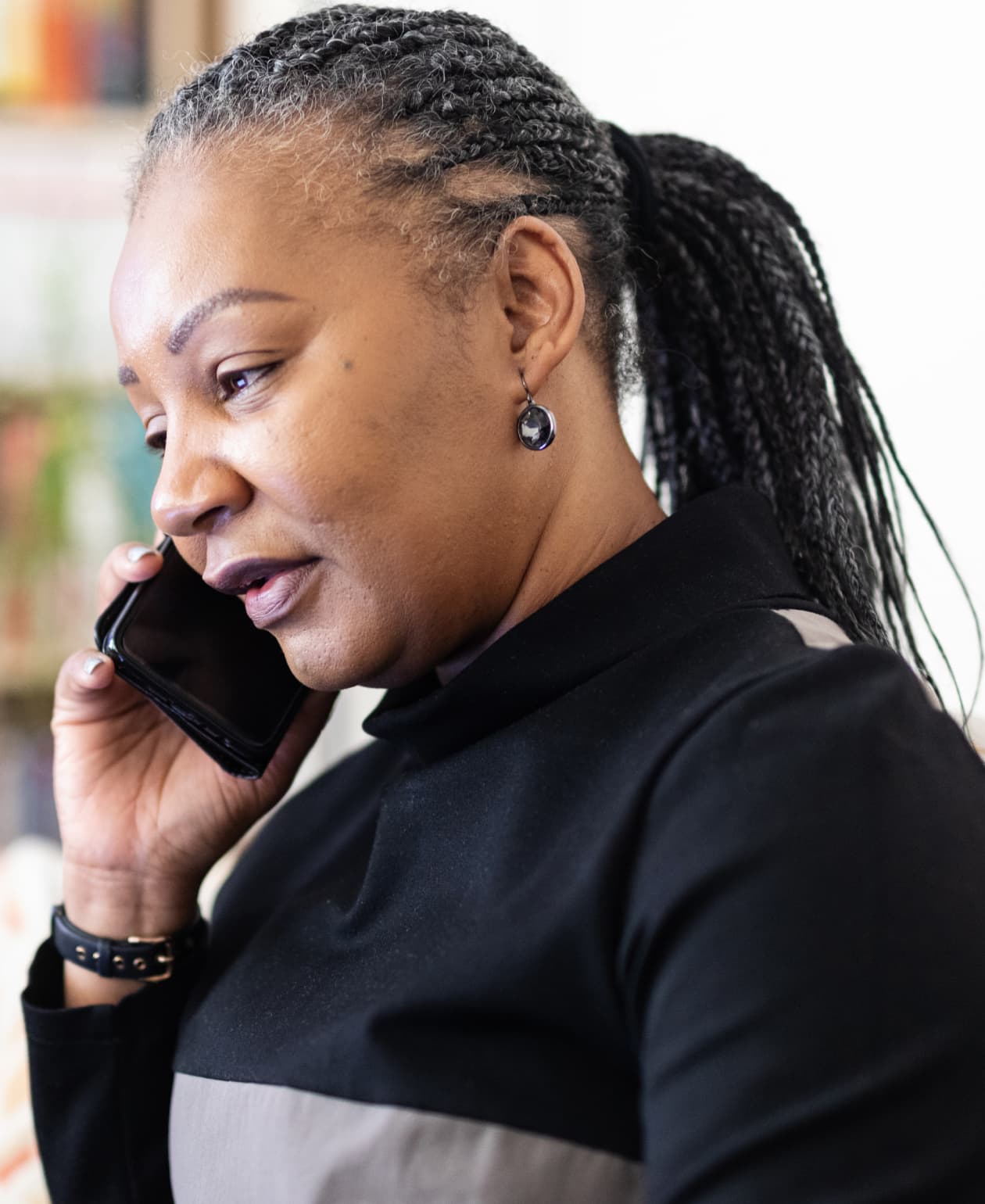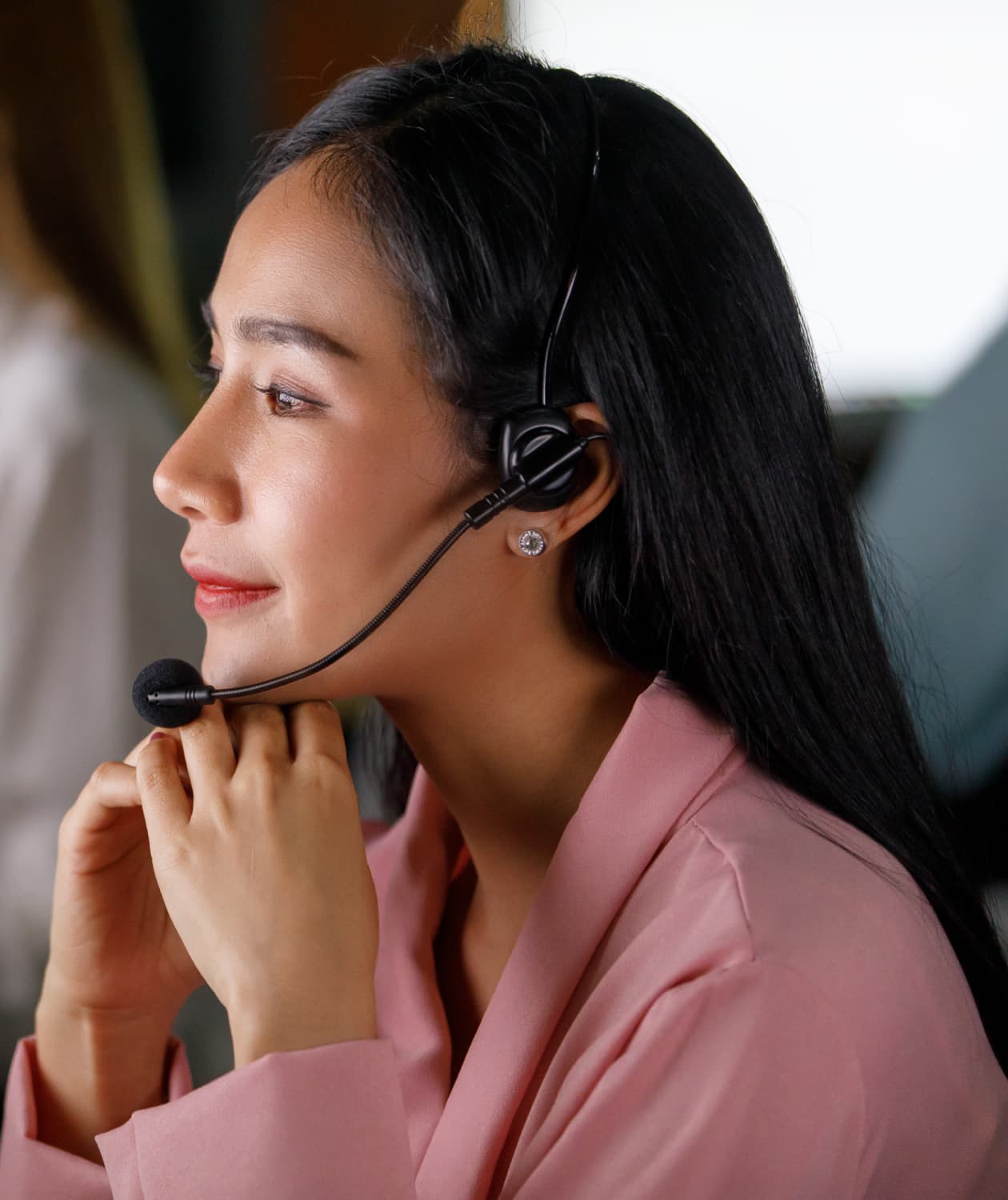
SHORTER NUMBER. BROADER MISSION.
Kentuckians in crisis can now connect with suicide prevention, mental health, and substance use counselors using a nationwide, easier-to-dial phone number – 988. Phone service providers will now direct 988 calls to the existing national lifeline with its 14 Kentucky call centers. And connection to additional crisis services will be provided if necessary.
If you or someone you know is in crisis, someone to talk to is just a click away.
Our 988 Kentucky Dashboard is also available. View monthly data, reasons for calling, and more, here: https://www.ky988data.org/
For 988 Call Centers and Partners, find 988 KY marketing materials here: https://www.tinyurl.com/988KYMarketingMaterials
For general inquiries, contact 988@ky.gov
Like 911 and other national, 3-digit phone numbers, 988 was created to be easier to remember and make crisis care easier to access. Available 24/7/365 and free-of-charge, callers to 988 will connect with a compassionate, highly trained counselor who can help address their issues as smoothly as possible.
Counselors are part of a Kentucky network of call centers linked to other invaluable, lifesaving services. This helps get callers connected quickly to the right kind of help.

Our first mission is to be here. So often, the Lifeline is about listening and providing an understanding voice. On average, 98% of Lifeline calls are resolved over the phone. But when that’s not enough, we’ll ensure the warmest possible handoff of 988 callers within Kentucky’s crisis service system. Now the counselor can more easily connect the caller with mobile response providers or first responders – but only when needed.
For a more compassionate and effective 988, we’re pursuing dedicated funding to provide qualified, wellness-focused staffing. We’re coordinating between organizations across the Commonwealth to strengthen our rollout, like integrating 911 and 988 call centers. And we’re offering referral sources that provide important follow-up care.
988 is federally mandated by the Federal Communications Commission (FCC) with each state responsible for its own implementation. And Kentucky was ready. Thanks in part to the Kentucky Department of Behavioral Health, Developmental and Intellectual Disabilities and the 14 Community Mental Health Centers with their NSPL accredited call centers. A multitude of state, regional and community level partners also helped prepare Kentucky for 988.
We acknowledge the lifesaving efforts of all who make 988 possible. Together, we’re transforming to a more robust behavioral crisis response system that limits unnecessary dispatches of emergency services.

Kentucky 988 calls are answered at one of 14 community mental health call centers. Centers are located throughout Kentucky and callers will be connected to the center that's closest to them.
Paducah and surrounding areas
WebsiteHopkinsville and surrounding areas
WebsiteOwensboro and surrounding areas
WebsiteBowling Green and surrounding areas
WebsiteElizabethtown and surrounding areas
WebsiteLouisville and surrounding areas
WebsiteCovington and surrounding areas
WebsiteAshland and surrounding areas
WebsitePrestonsburg and surrounding areas
WebsiteHazard and surrounding areas
WebsiteCorbin and surrounding areas
WebsiteSomerset and surrounding areas
WebsiteLexington and surrounding areas
Website611 Forest Ave. Maysville, KY 40156
Website